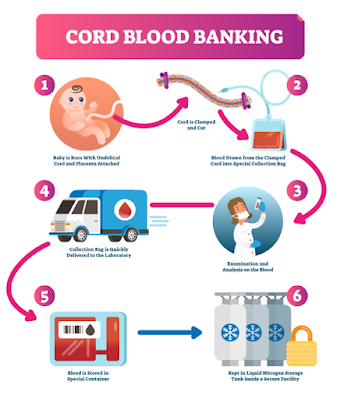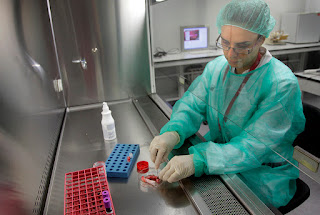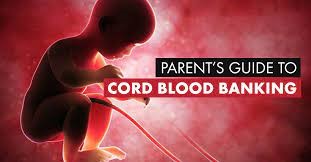
Banking Cord Blood: An Investment in Your Family's Health
Cord blood is a rich source of stem cells, which are the building blocks of the body's blood and immune system. By banking cord blood, families can ensure that they have a readily available source of stem cells in the event of a medical emergency or treatment.
What is Cord Blood Banking?
Cord blood banking is the process of collecting and storing the blood from the umbilical cord and placenta after a baby is born. This blood is then stored in a bank, where it can be safely preserved for future use.
Why is Cord Blood Banking Important?
Cord blood stem cells have been used in the treatment of over 80 life-threatening diseases, including certain types of cancer, blood disorders, and immune system disorders. By banking cord blood, families have the potential to save a life in the future, whether it be their own or a loved one's.
How is Cord Blood Collected and Stored?
The collection of cord blood is a simple and painless process that takes place immediately after birth. The blood is collected from the umbilical cord and placenta and then sent to a cord blood bank for processing and storage. The cord blood is stored in a freezer, where it can remain viable for many years.
Choosing a Cord Blood Bank
When choosing a cord blood bank, it is important to consider a variety of factors, such as their reputation, the length of time they have been in business, and the methods they use for processing and storage. It is also important to consider the cost of cord blood banking and to determine if it is an affordable option for your family.
In Conclusion
Banking cord blood is an investment in your family's health and well-being. By preserving this valuable resource, families have the potential to save a life in the future. If you are considering cord blood banking, it is important to do your research and choose a reputable cord blood bank.



Comments
Post a Comment